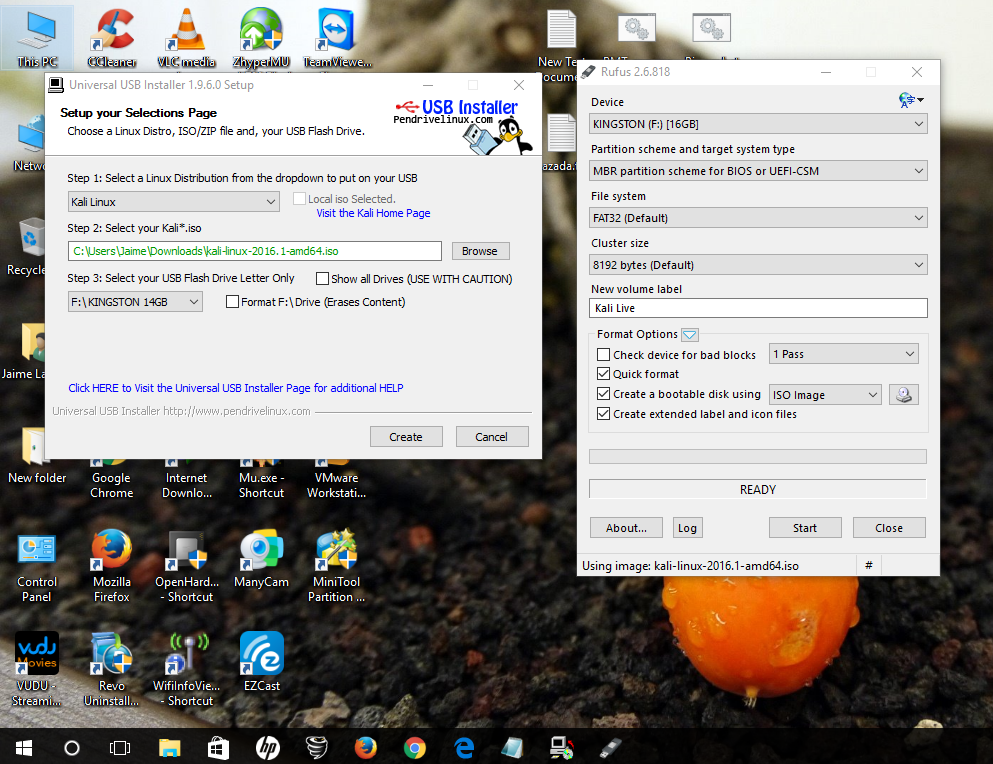
You also need to know the device name of your USB drive. To use the dd command, you need to have a Kali Linux ISO image and a USB drive with at least 2 GB of free space. It can also be used to create bootable USB drives. The dd command is a tool that is used to copy files.

If the Kali Linux installer did not create a bootable USB drive, you can use the dd command to create one. After you have made the changes, save them and exit the BIOS menu. Once you are in the BIOS configuration menu, you need to find the boot order option and change it so that the USB drive is the first priority. For example, on my Dell laptop, I need to press the F12 key to enter the BIOS configuration menu. The key that you need to press varies from one computer to another. This menu is usually accessed by pressing a key during the boot process. To do this, you will need to enter the BIOS configuration menu. If your computer’s BIOS is not configured to boot from the USB drive, you will need to change the boot order. The second reason is that the Kali Linux installer did not create a bootable USB drive. The first reason is that your computer’s BIOS is not configured to boot from the USB drive. There are two main reasons why you might face boot problems in Kali Linux. In this article, we will show you how to fix Kali Linux boot problems.

One of the most common problems that users face when they try to install Kali Linux is boot problems. The project is sponsored by Offensive Security. Kali Linux is a Debian-based distribution that aims to provide a more complete out-of-the-box experience for security professionals and enthusiasts.


 0 kommentar(er)
0 kommentar(er)
